Porsche is one of the leading car brands when it comes to exploring e-fuels 'Carbon-neutral' fuels such as e-fuels could complement electrification but face significant challenges As the UK government’s ban on new pure-combustion cars approaches, questions are being...
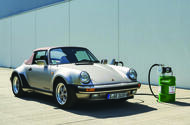 Porsche is one of the leading car brands when it comes to exploring e-fuels
'Carbon-neutral' fuels such as e-fuels could complement electrification but face significant challenges
Porsche is one of the leading car brands when it comes to exploring e-fuels
'Carbon-neutral' fuels such as e-fuels could complement electrification but face significant challenges
As the UK government’s ban on new pure-combustion cars approaches, questions are being raised about whether alternative fuel solutions also have a role to play in reducing transport emissions alongside electrification.
Some car manufacturers and governments are working to produce alternative means of fueling a car, such as hydrogen, but others are pushing two main forms of fuel: e-fuels and biofuels, which are both types of synthetic fuel.
Synthetic fuels are produced artificially but can be used similarly to fossil fuels. While traditional fossil fuels are formed naturally over millions of years from coal, oil or gas, synthetic fuels are made using renewables.
But what types of synthetic fuel are there, and how can they be used in cars? We’ve got all the information you need to know right here.
What are e-fuels and how are they made?
E-fuels are a type of synthetic fuel produced using ‘green’ hydrogen and carbon, often sourced from waste biomass or CO2 captured from the atmosphere.
The name ‘e-fuel’ is short for ‘electrofuel’. It's often a suitable alternative to petrol for use in a car with an internal combustion engine.
But how are they made? In short, e-fuels are made by separating hydrogen and oxygen from water using electricity. The next step is to capture CO2 from the air and then combine the hydrogen and CO2 using chemical synthesis.
E-fuels are carbon neutral, meaning they use the same amount of CO2 emissions as they emit. For this reason, they’re considered by some car brands, such as Porsche, as a potential alternative to all-electric power.
An e-fuel’s removal of atmospheric carbon – either through photosynthesis when growing the biomass or by capture – is argued to offset the emissions produced when the fuel is burnt in an engine.
Pros of e-fuels
E-fuels are capable of powering modern, existing cars without the need for modifications. They can also be used in heavy goods vehicles and vans.
While other fuels like hydrogen and electricity require new infrastructure, e-fuels can be used with existing fuel lorries, refineries and pipelines, and filling stations can also remain the same.
Need to fill up a car using e-fuels? You’re in luck - it takes just a few minutes, like filling up with petrol or diesel.
Cons of e-fuels
The key problem with e-fuels is that they’re costly to produce and that they can’t yet be produced in large quantities.
Despite being cleaner to produce, e-fuels still emit gases that are harmful to the environment, similar to petrol and diesel.
As with fossil fuels, burning them produces poisonous carbon monoxide and nitrogen oxide, which pose a health risk for local communities. In the case of e-fuels, there is a huge energy requirement to overcome to produce the necessary hydrogen.
What are biofuels and how are they made?
Biofuels, like those produced by British firm Coryton, are made from organic biomass such as agricultural waste.
This is turned into bioethanol – the product currently blended into petrol to make E5 and E10 pump fuels – and then further processed into biogasoline that meets the standards for forecourt fuels.
The carbon removed from the atmosphere when growing the biomass is said to offset the carbon produced at the tailpipe; and there is enough waste biomass produced by industry to de-fossilise Europe’s light-duty transport sector, according to a study by Imperial College London.
Which manufacturers are investing in synthetic fuels?
Porsche is the front-running car brand for e-fuels. So much so that the brand invested £62 million into pilot production of synthetic fuels in Chile late in 2022, with a target of roughly 28,500 gallons (130,000 litres) annually.
“The potential of e-fuels is huge,” said Porsche research and development executive Michael Steiner.
“There are currently more than 1.3 billion vehicles with combustion engines worldwide. Many of these will be on the roads for decades to come, and e-fuels offer the owners of existing cars a nearly carbon-neutral alternative.”
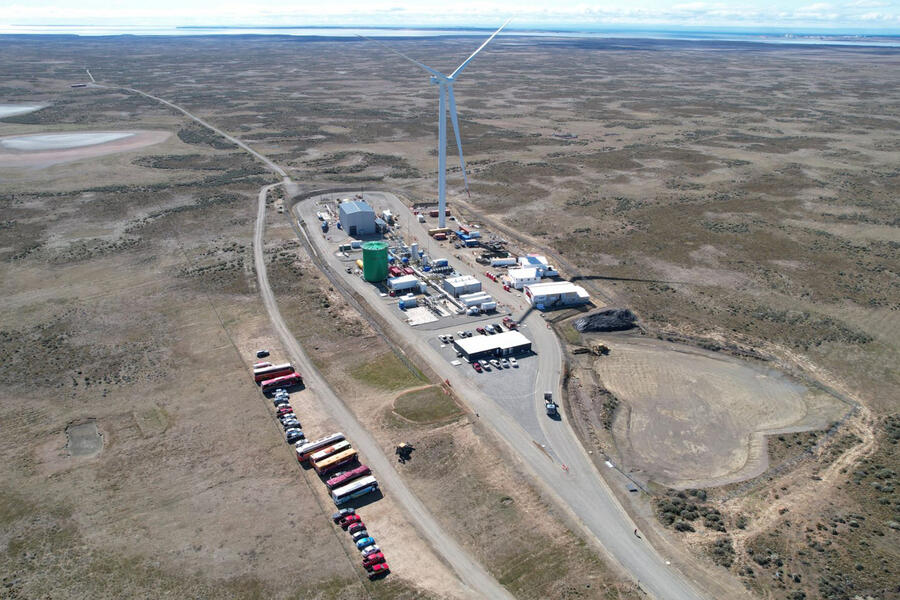
Despite heavily investing in electric vehicles, Volkswagen and Porsche CEO Oliver Blume says synthetic fuels could extend the life of the purely combustion-engined 911 until the end of the decade.
Several other car makers, particularly those with low-volume production outputs, are also keen on using e-fuels to retain combustion engines beyond the end of the decade.
Ferrari CEO Benedetto Vigna also suggested that he thinks “ICE still has a lot to do” and Ineos Automotive CEO Lynn Calder was categoric in predicting “that the combustion engine will continue”.
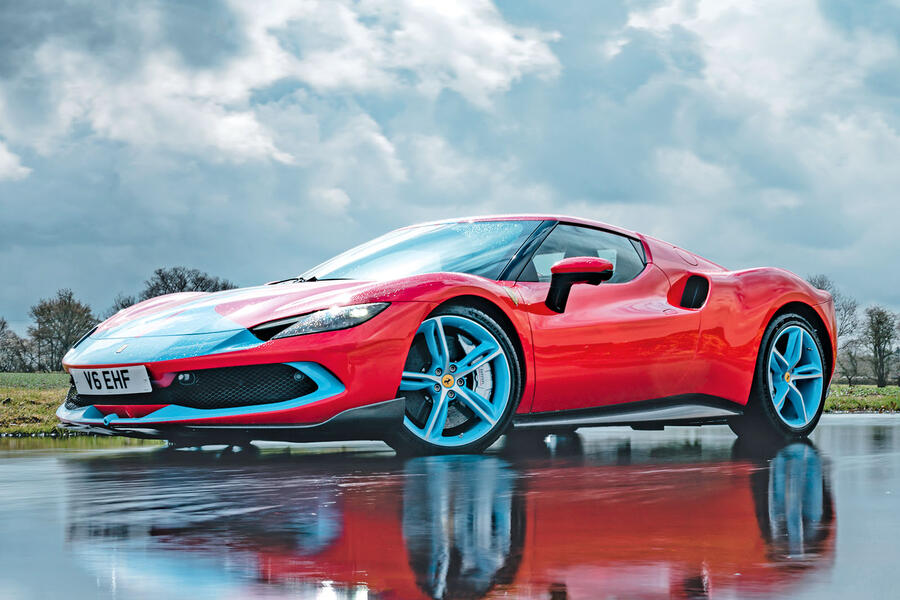
Mazda has also expressed interest, with the brand’s deputy general manager of R&D Christian Schultze saying describing e-fuels as "an important addition to electrification as they are easy to implement, and they can give an immense effect to the decarbonization simply by the high number of cars used.”
Other brands keen to explore e-fuels further include Renault-owned Alpine, while others such as Bentley and Volvo are opposed.
What does the future look like for synthetic fuels?
The UK government has yet to factor e-fuels into its emissions-reduction strategy officially.
A report by the Transport Select Committee recently accused the UK government of “putting all its eggs in one basket” by effectively mandating a widespread transition to battery-electric vehicles from 2035.
The report cited shortcomings in EV charging infrastructure and a shortage of raw materials, which may slow or prevent a smooth transition to EVs.
“As the cliff edge of 2030 (2035, 2040 and 2050) approaches and minds are concentrated, reality will bite,” it said. The committee urged a “reality check” on the government’s transport strategy. “Addressing the existing [petrol and diesel] fleet will be decisive in achieving the UK’s climate goals,” it said.
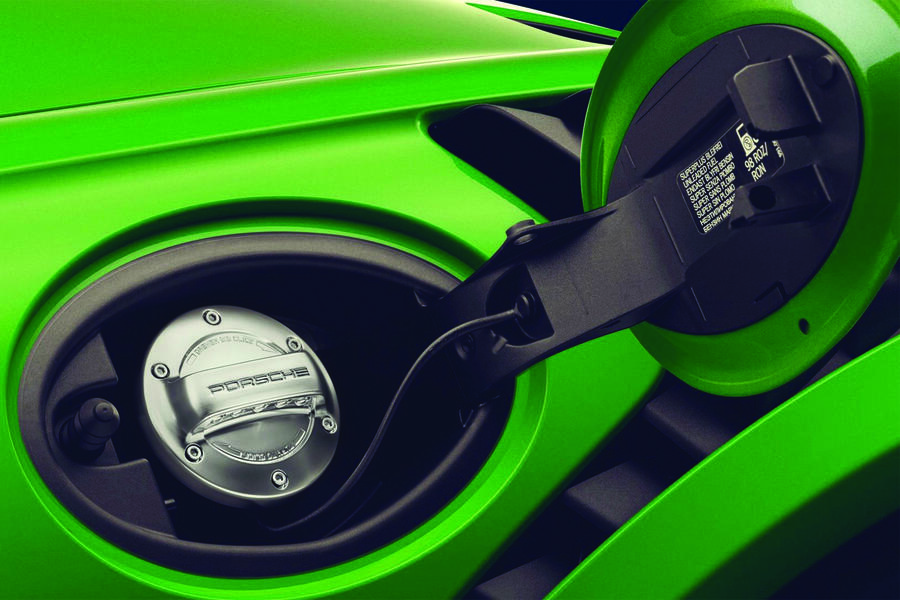
Currently, the plan is to ban sales of all new pure-petrol and pure-diesel vehicles from 2030. Hybrids with an undefined “significant zero-emission capability” get a five-year stay of execution, although this may change.
The European Parliament was set to follow a similar course. It almost passed an effective ban on new combustion-engined cars and commercial vehicles by requiring a 100% reduction in tailpipe CO2 emissions from 2035.
However, Germany, Italy and other EU member states rebelled, successfully arguing the case for carbon-neutral fuels such as e-fuels, whose production methods are claimed to offset the carbon emissions from burning them.
Asked whether the UK would follow the EU and allow carbon-neutral ICE cars to remain on sale after 2030, energy secretary Grant Shapps told reporters it would not. “We’ve always been more forward-leaning on this stuff than the EU,” said Shapps.
There are serious concerns about manufacturing carbon-neutral fuels. As with fossil fuels, burning them produces poisonous carbon monoxide and nitrogen oxide, which pose a health risk for local communities. In the case of e-fuels, there is a huge energy requirement to overcome in producing the necessary hydrogen.
According to a 2019 report by the International Energy Agency, producing all of today’s industrial hydrogen output from electricity would create an electricity demand of 3600TWh.
This is almost 1000TWh more than the EU’s entire energy production last year, of which just 39.4% came from renewables. And that just to match today’s hydrogen output, not the surplus needed for the mass industrialisation of e-fuels; using electricity that could less wastefully power battery-electric cars.
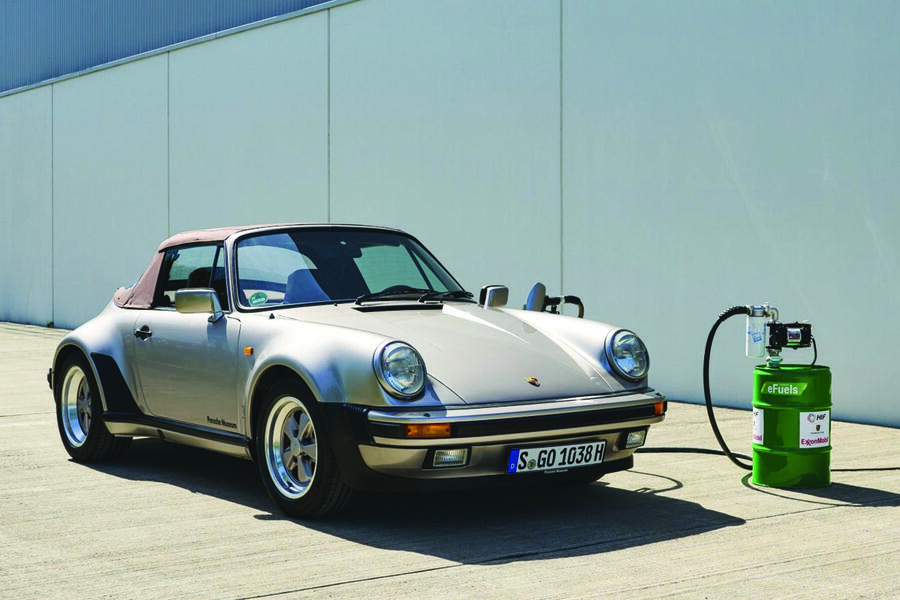
Yoann Gimbert, e-mobility analyst for environmental lobby group Transport & Environment, said in October 2022 that using e-fuels in cars and commercial vehicles risks “[sucking] up renewable electricity needed for the rest of the economy”.
Gimbert added that e-fuels should be diverted to planes and ships, which cannot yet use batteries to decarbonise.
Nonetheless, momentum continues to build globally. Porsche’s e-fuel partner, Highly Innovative Fuels, began production at the Haru Oni plant in Chile last December and recently gave the go-ahead for a second plant in Texas, US.
Steve Sapsford, an independent consultant and advisor to sustainable fuel specialist Coryton, told Autocar: “The trick is using the resources for the best overall outcome. On the renewable electricity question, the key argument is that you should be making e-fuels where you have an abundance/excess of renewable energy.
“This is why the Haru Oni plant is in Chile. There is an excess of solar and wind, more than their domestic consumption, but it is difficult to export that energy as electricity to energy-hungry countries, [such as in] Europe.
“It then becomes much more attractive to use that energy to make an extremely energy-dense liquid hydrocarbon, which is easy to ship around the world.”
David Richardson, Coryton’s business development director, believes a total shift is required: “Behind the scenes, there are a lot of very worried people that are saying there’s no way that we can do this [achieve climate targets by switching solely to EVs].
“I’d rather everyone was honest and reset ourselves. Get out and ask what is now the right thing to do, instead of the short-termist – the soundbite type stuff.”
Incentives could drive carbon-neutral fuel production
The biggest barrier to the mass adoption of carbon-neutral fuels, according to Coryton advisor Steve Sapsford, is the lack of incentives for them.
He said: “[Big Oil] is saying that at the moment we’re not going to invest because none of this counts according to our current [carbon accounting] scheme. None of the CO2 savings that we could deploy here actually count in anybody’s system and that’s the fundamental problem.”














